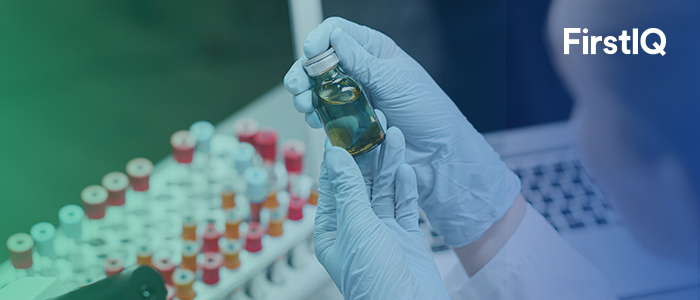Strategic Shifts in MedTech: Europe’s Trade Balancing Act with Leading Countries

Europe holds a leading position in the medical devices industry, driven by the strong presence of established manufacturers, significant investment in medical technologies, and remarkable trade agreement deals across the countries. In 2023, Europe had USD 330.87 per capita expenditure on medical technology. Approximately 11% of GDP is spent on healthcare, out of which 7.9% is attributed to healthcare technologies. This high percentage of spending rationalizes the export of health equipment at the international level. Europe puts a strong emphasis on the U.S., China, and Japan, with the presence of 37,000 medical technology companies. The following graph indicates top export destinations of Europe in 2023.
Graph: Top European Medical Technology Export Destinations & Import Suppliers, 2023
Source: MedTech Europe
Key Takeaways:
- The U.S. has a significant percentage of medical device imports and exports in bilateral trade and investment in the world It illustrates the need for healthcare equipment in terms of cutting-edge technology and health issues.
- China ranked second in import and export of healthcare devices with Europe, owing to agreement covering commitment to ensure fairer treatment for EU companies and provisions on sustainable product development.
- Japan stood third in trade of healthcare devices with Europe, owing to long history of trade agreement, depicting the exchange of advanced technologies for medical devices to serve better healthcare services.
However, some recent decisions and initiatives taken by the European commission are likely to impact these export percentages in upcoming years. Based on the voting by the member states, economic impact analysis, and addition of new tariffs, European commission has directed decisions in terms of trading with U.S., China, and Japan.
- April 2025: Global concerns regarding the trade of healthcare devices have been raised by the U.S. recent announcement of new tariffs. In response to increased tariffs, MedTech Europe has urged lawmakers to exempt healthcare devices and their necessary parts from all levies. This will impose more increased production costs, unnecessary restrictions, impede research and innovation, and make access to medical care more challenging.
The CEO of AdvaMed, Scott Whitaker had said, "his displeasure with the planned sweeping tariffs, stating that they would put jobs in danger, increase healthcare costs, and hinder U.S. medical technology innovation. Citing MedTech's humanitarian work and past experiences with low or no tariffs from important trading partners, he requested an exception for the company."
- June 2025: China’s alleged discrimination against foreign manufacturers in bids for public contracts resulted in restrictions on import of Chinese medical devices in Europe. China forced hospitals to choose domestic suppliers, containing 87% of direct and indirect discrimination. As a result, voting of member states escalated the trade tensions between world’s two biggest economies for medical devices.
“By taking these steps in consideration, we hope to level the playing field for companies in the EU. To address these concerns, we are still dedicated to having discussions with China." Maroš Šefčovič, Commissioner for Trade and Economic Security; Interinstitutional Relations and Transparency.
- February 2024: The 5th anniversary of the agreement was marked on February 1st of Europe-Japan economic partnership agreement (EPA). The agreement was signed in 2018 showing trade relations between Europe and Japan. Before entry of EPA to 2023, the trade flow has been increased by 20.4%, with an annual average growth of 3.8%. Japan is dominated by healthcare instruments along with chemicals, motor vehicles, and machineries exported by Europe.
“The Japan- Europe Economic Partnership Agreement (EPA) which has been used successfully in last five years, stated Minister Kamikawa, who acknowledged the agreement's significance. In addition to praising the amended protocol on the free flow of data's July 1 entry into force, she further emphasized the agreement role in promoting shared values such as free markets and rules-based trade, calling it a major step toward promoting digital cooperation and strengthening Japan-EU economic integration.”
Trade Disputes Impacting Medical Device Outlook in Europe:
- Addition of new tariff creates economic burden and challenges with respect to research and innovations, further impacting on access to innovative healthcare device solutions with respect to time as well as cost.
- Restrictions on import of healthcare devices may impact availability of multiple types of healthcare devices offering specific functionalities.
- Maintenance of trade relations for a longer period proposes more opportunities with respect to exchange of highly advanced healthcare devices with less challenges in terms of cost and timely access.





